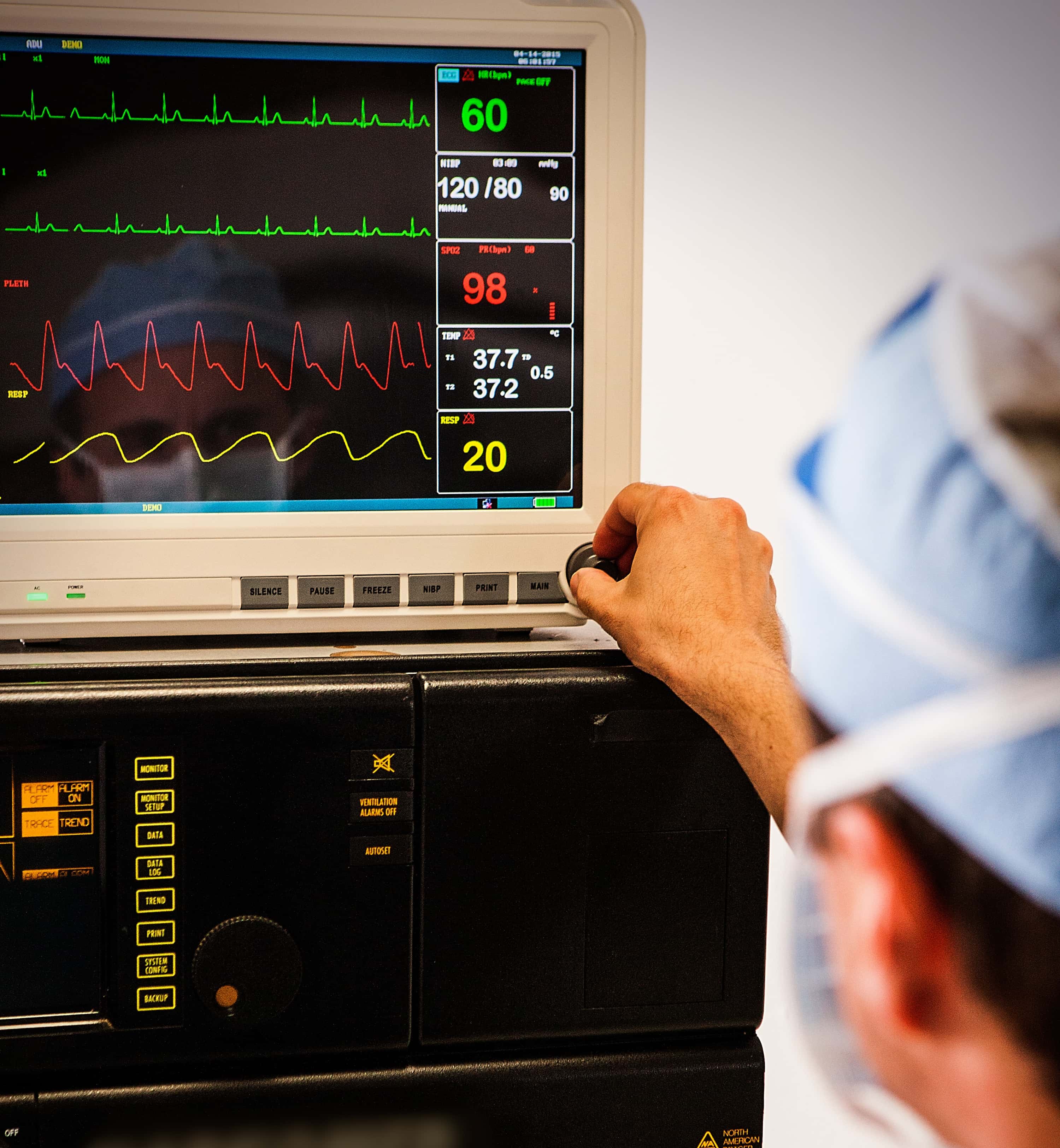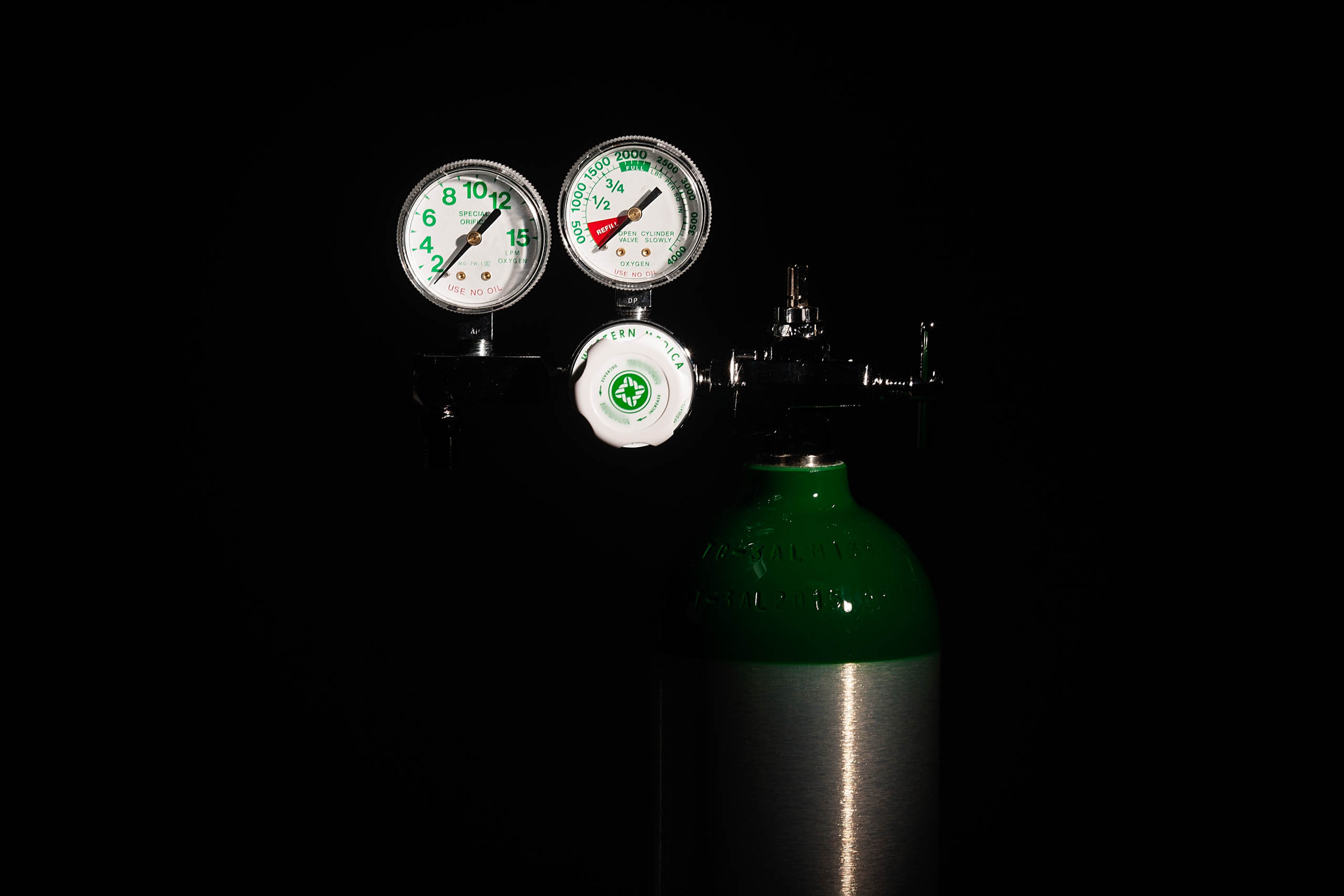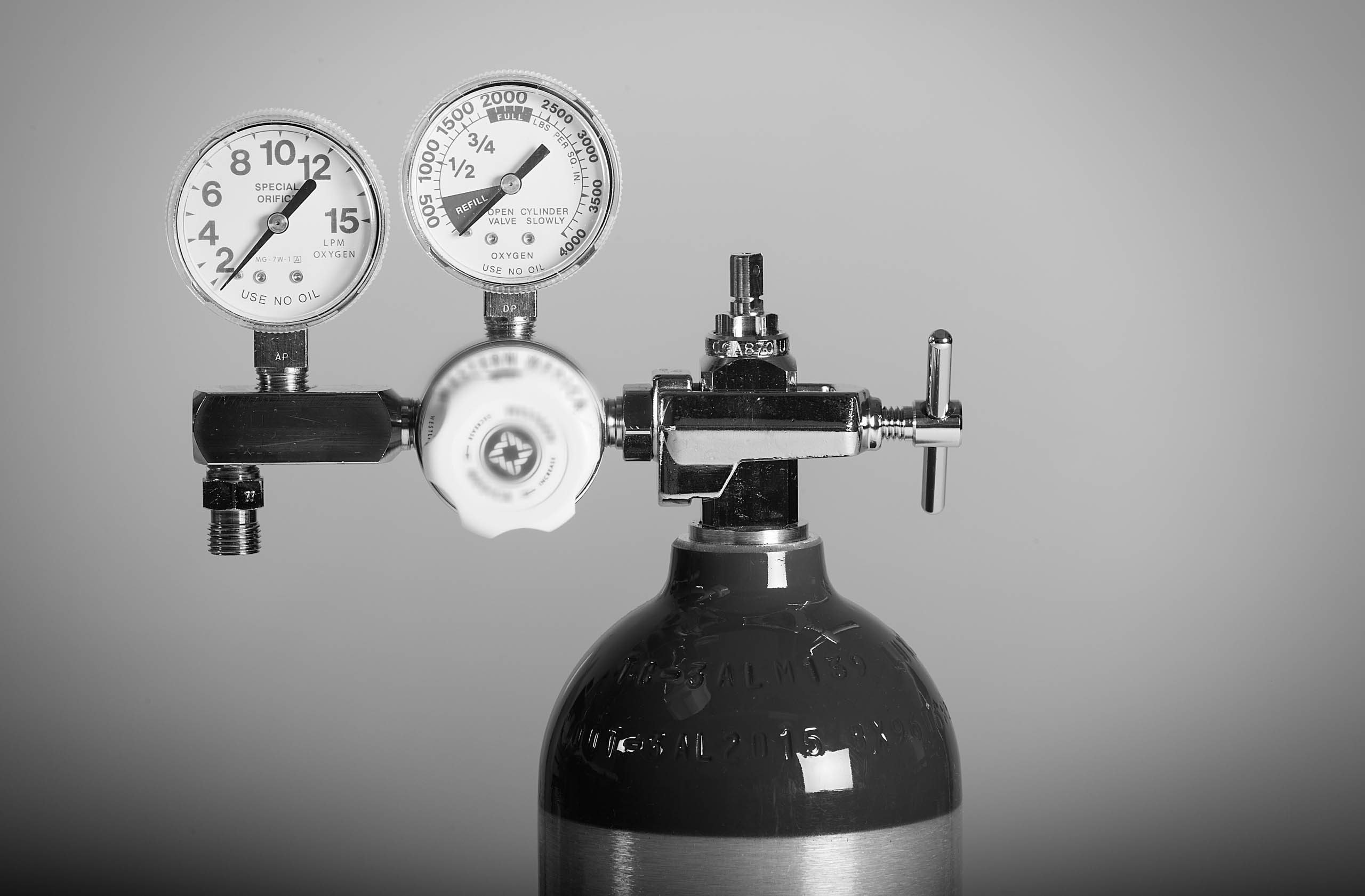
Obstetric (OB) anesthesia is defined as peripartum analgesia and anesthesia performed during labor and delivery, including vaginal delivery, cesarean section, tubal ligation, and removal of retained placenta. Providing safe and satisfactory anesthesia for OB patients can, at times, seem more like an art than a science. The process of labor and delivery is a special time for the patient and her loved ones, and OB anesthesia allows women to enjoy this experience by offering safe deliveries and individualized relief from pain. There are a wealth of opportunities to provide and improve patient satisfaction via OB anesthesia services.
The American Society of Anesthesiologists (ASA) has published practice guidelines for OB anesthesia. These were developed in a systematic manner with the goals of enhancing quality of care for OB patients, reducing anesthetic-related complications to improve safety, and increase patient satisfaction. These ASA guidelines are referenced throughout this article and are important in ensuring providers deliver safe and satisfactory care to OB patients.
The first step to achieving patient satisfaction is the safe delivery of anesthetic, which demands careful evaluation and planning. Preparing and evaluating an OB patient for anesthesia care requires conducting a focused history and physical examination. This involves eliciting a maternal health and anesthetic history, OB history including any past and present pregnancy-related complications, and examination of the airway, heart, and lungs, with measurement of vitals including a baseline blood pressure. The spine and back should also be examined if planning a neuraxial block, as is often done for these patients, with special attention to spinal deformities, history of procedures in the back, or active skin lesions. Patients should be consented for a variety of anesthetic plans, including neuraxial anesthesia and the possible need for general anesthesia in an emergent situation. When these discussions take place in advance, patients who are already dealing with the stress of laboring can take full advantage of the time to ask questions and express their desires and preferences in a calm and controlled manner.
In patients with any significant anesthetic or OB risk factors, preanesthetic evaluation often requires a multidisciplinary approach between the obstetrician, anesthesiologist, and other specialties such as cardiology or pulmonology. Notable lab work includes obtaining a platelet count (though routine measurement is not necessary in a healthy parturient) and a type and screen if anticipating bleeding or if maternal history necessitates this. Aspiration precautions must be taken seriously, as OB patients are routinely considered full stomachs, including adhering to NPO guidelines and the timely administration of aspiration prophylaxis.
After reassuring that her safety is of utmost priority, the next step to achieving patient satisfaction is providing analgesia and anesthetic techniques that align with the patient’s wishes. For some, simply being available for consultation but not actually performing any procedures is ideal. For many, providing patients in labor the option of an epidural whenever they desire is critical. Many patients are highly anxious and fearful of the pain of labor and are very concerned about receiving adequate analgesia. For those patients, placing an epidural in a timely fashion upon their request and providing patient-controlled epidural analgesia (PCEA) affords them the opportunity to be in control of their own pain management. The PCEA empowers the patient to be able to adjust labor analgesia to her needs during the vulnerable process of giving birth without being completely dependent on healthcare providers for more pain medication.
If a cesarean section becomes necessary, being able to use an existing epidural eliminates the need for an additional procedure, thus reducing stress for the patient. If there is no epidural in place already, a spinal block can be performed, providing a quick method of achieving reliable surgical anesthesia that lasts for the duration of the surgery and wears off over time without significant sedation or postoperative side effects. The aforementioned neuraxial techniques allow the OB patient to participate and engage in the delivery of her baby without suffering from intolerable pain.
Techniques such as PCEA with continuous epidural infusions can lead to greater patient satisfaction, which is advantageous in a busy OB anesthesia practice, where an anesthesia provider may not always be readily available to give boluses of local anesthetic upon onset of pain. Intermittent bolus techniques, though a viable option, results in more breakthrough pain, more work for the anesthesia provider, and less patient satisfaction. Institutions with busy OB services should consider having a dedicated team of OB anesthesiologists to improve patient care and satisfaction.
Anesthesiologists are uniquely positioned in OB to enhance patient satisfaction through the safe and effective delivery of anesthesia and analgesia for labor and delivery. Patients often call the anesthesiologist their “best friend” because they truly appreciate a compassionate professional who can help reduce their pain during such an intense and important time.




